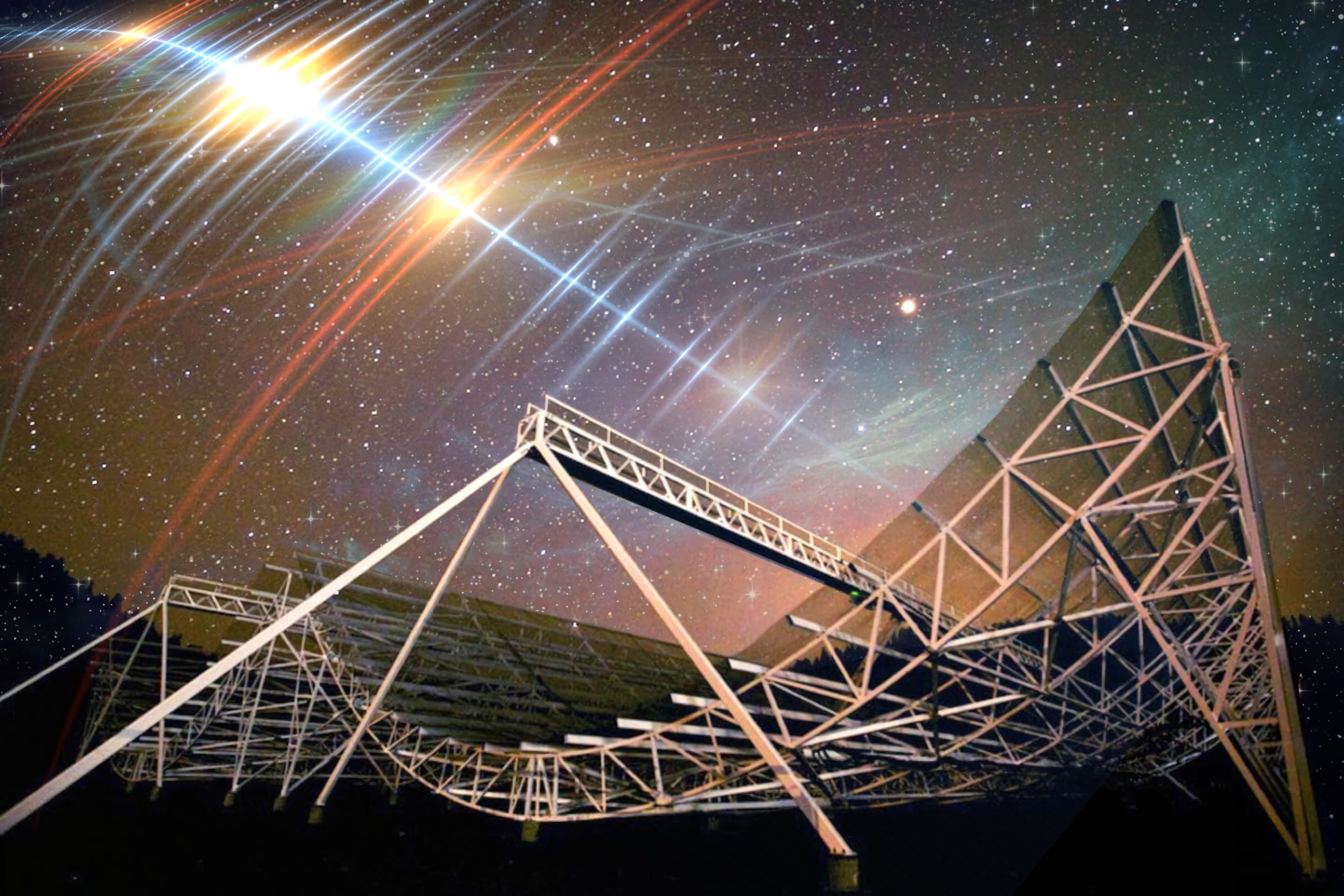A group of scientists from Massachusetts Institute of Technology (MIT) recently discovered rare radio signalcoming from a nearby galaxy. This is not the first time such signals have been detected. In fact, there are many radio telescopes whose task is to detect them. But this one is special for two reasons. On the one hand, for him duration. These types of signals typically last a few milliseconds. However, it reaches three seconds. On the other hand, it is a sign of its kind with lighter periodic pattern that has ever been discovered. These types of periodic patterns are typical of pulsars, but this one seems to be very special.
His discovery was reported just a week ago in Nature. However, the observation of the radio signal occurred much earlier, i.e. December 21, 2019. He was captured Canadian Hydrogen Intensity Mapping Experiment (CHIME), a radio telescope located in British Columbia that aims to capture the radio waves emitted by hydrogen in the early stages of the universe. Thus, it is a journey into the past in which these types of signs are commonplace. However, scientists involved in their processing, soon discovered something unusual in it.
They soon realized the two features that made it unique and worthy of study. At the moment they think it should be radio pulsar or magnetar. Both are neutron stars that have collapsed from massive stars. Much is known about them, but there are still many mysteries around them. Therefore, this new radio signal could help science better understand them.
From the first pulsar to this strange radio signal
Jocelyn Bell was a young graduate student who, in 1967, was studying data from a radio telescope she herself helped build when discovered something strange. It was a radio signal that was periodically repeated, as a kind of beep beep beep. He quickly brought his find to the attention of his thesis supervisor, who downplayed it, assuring that it must have been a mistake. But she didn’t give up. He continued to study the data from the radio telescope until he again found this strange signal.
This is how the pulsar was first discovered. Logically, it was a find. Nobel laureate and winnerthough it wasn’t for Jocelyn, but for the boss who had belittled her.
Injustice aside, many pulsating bright stars known as pulsars have since been discovered. But there’s still room for surprises when it comes to periodic radio signals.
The discoverers of this new signal, named FRB 20191221A, were also fascinated by its very long duration. This, together with its origin, is in the galaxy of a thousand a million light yearsand inclusion bursts of radio waves every 0.2 seconds, made it something worthy of further study. For now, they’ve already reported their first impressions, though they’ll have to keep looking to find out exactly what it is.
Two options to choose from
So far, these scientists are choosing between a radio pulsar and a magnetar. Actually, magnetars are also pulsars, which have the peculiarity of emitting lightning energy in the form of x-rays or gamma rays. This may be a good fit for this radio signal, although it needs to be studied with telescopes that measure in this range of the electromagnetic spectrum.
Knowing this will be the next step for these scientists, who rely on the telescopes of the future to get much more information with which to put the pieces of the puzzle back together. There are many possibilities. And this is what, although you may have started reading this thinking about alien explanationthe fact that it isn’t doesn’t make it any less exciting.
Source: Hiper Textual













